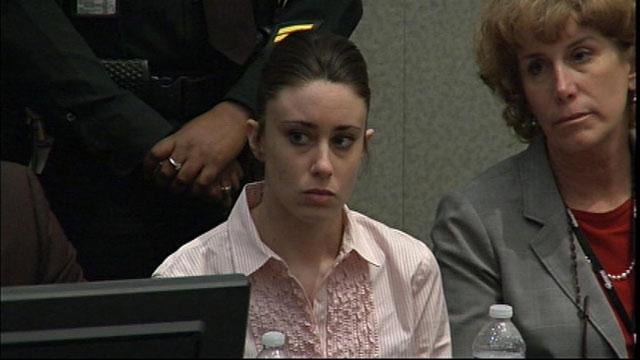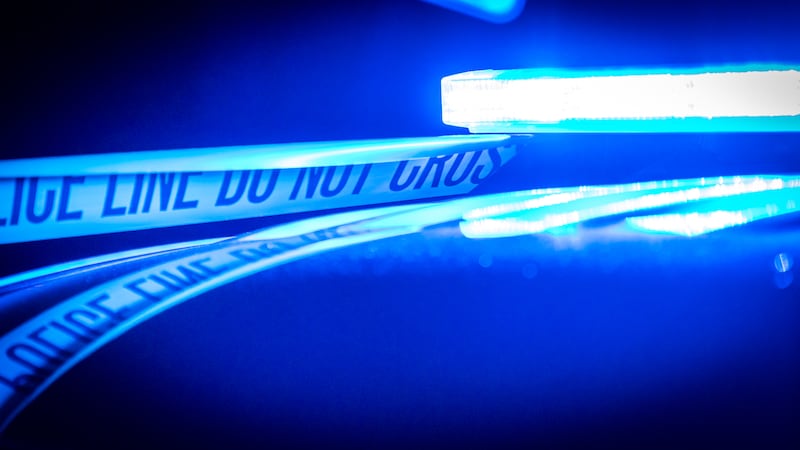ORLANDO, Fla. — The lead prosecutor in the Casey Anthony trial said someone in the Anthony home conducted a computer search for "foolproof suffocation" on the last day 2-year-old Caylee Anthony was seen alive.
The Internet search was discussed in defense attorney Jose Baez's book, released last summer, and prosecutor Linda Drane Burdick said she wanted to confirm that detail with the Orange County Sheriff's Office.
The sheriff's office doubled-checked, Burdick said on Tuesday, and it turned out the "foolproof suffocation" search had been done on a desktop computer in the Anthony home about 2:50 p.m. on June 16, 2008.
Burdick reiterated that she and the prosecution team had no knowledge of the search during the 2011 trial, after which Anthony was acquitted of the most serious charges against her, including first-degree murder of her daughter.
Asked if the newly discovered search evidence would have made a difference with jurors, Burdick said, "How can I answer that question? That's asking me to speculate."
Asked about whether the prosecution would have used the evidence, she said, "I'm certain we would have used it."
WFTV legal analyst Bill Sheaffer said the never-before-seen-evidence is so significant it could've been all jurors needed to convict Anthony for her daughter's murder.
The sheriff's office wouldn't talk on camera about the situation, but they said analysts were never told to search for "foolproof suffocation," so they never did and never found it, even though it was in their evidence the whole time.
Orange County Sheriff's Capt. Angelo Nieves said the search term "foolproof suffocation" was "never requested" during the investigation or prosecution's the lead up to the trial.
Therefore, he said, "It was not discovered. It wasn't found."
"If someone would have asked for it at that time, that's something they would have looked for," Nieves said. "The analyst never did it."
The experts who handled this part of the investigation are Sheriff's Office employees, he confirmed.
Asked what the value of this evidence might have been at trial, Nieves, like Burdick, said, "We're not going to speculate at this point."
The office will take a look at "lessons learned" in the aftermath of the search term issue, he said. That may include handling cases involving computers and computer searches differently in the future.
The Sheriff's Office may, for instance, obtain outside assistance in future cases, Nieves said.
"We'll take it on a case by-case basis," he concluded.
The prosecution did use other computer search terms, including the word "chloroform," during the trial. But the credibility of some of the computer searches brought up at trial were placed in doubt by the defense team.
The timing of the "foolproof suffocation" search was significant, Burdick said, because it came during a point in the afternoon when George Anthony was at work – along with other members of the family.
Part of the problem with prosecuting the case was that Caylee's body was not found until months after she was first reported missing. That was in mid-July 2008, a full month after she was last seen by most members of her family.
Burdick said specific details about the "foolproof suffocation" search would have to come from the Sheriff's Office.
"We don't have the forensic tools to search the hard drive," she said.
WFTV







